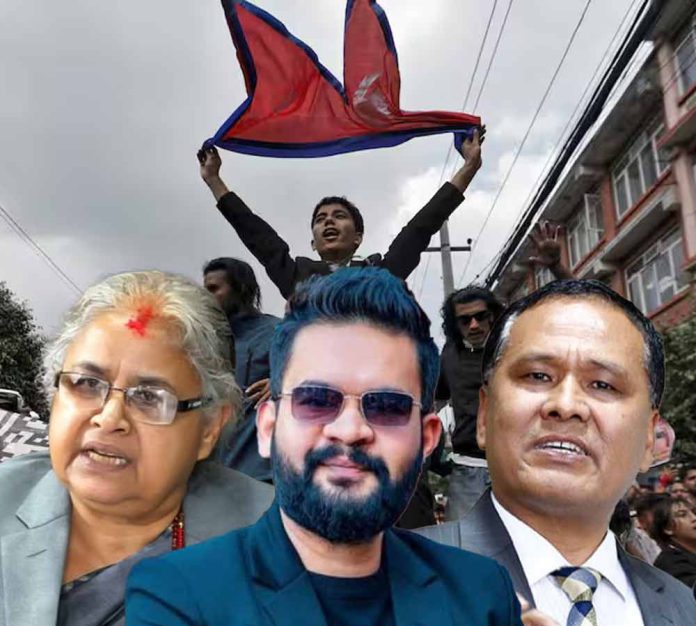Synopsis:Leadership is at stake in Nepal’s interim government debate as activists are torn between Sushila Karki and Kul Man Ghising for who should lead—find out who might assume power.
Qalam Times News Network
New Delhi, September 12, 2025
Leadership questions have taken centre stage in Nepal ever since KP Sharma Oli resigned. In the vacuum left behind, two figures—former Supreme Court Chief Justice Sushila Karki and ex-electrical engineer Kul Man Ghising—have emerged as front-runners among protesters. For many of the young activists driving the change, leadership is not just a title, but the symbol of trust in a nation at crossroads.
At first, Many expected Balarendra Shah, the non-partisan mayor of Kathmandu, to lead the interim government. But as evening settled on Wednesday, Sushila Karki became the preferred name among student-youth leaders. In fact, in meetings attended by over five thousand representatives from districts across Nepal, those in favour of Karki argued she offers moral integrity and legal standing needed during this transitional phase. Leadership, for them, means someone capable of both symbol and substance.
However, on Thursday a faction of the protesters shifted focus again—this time to Kul Man Ghising. Known for turning around Nepal’s power sector, ending long hours of load-shedding, his technical expertise is being championed by those who argue that leadership now must come with managerial competence. Ghising, they say, provided light during darkness before; now they want him to guide Nepal through political and institutional shadows.
Meanwhile, President Ramchandra Paudel and Army Chief Ashokraj Sigdel maintain ongoing discussions with protest leaders. But they have not yet given final approval to any candidate. As split preferences continue, governments in waiting are fragile. Whether it will be Karki, Ghising, one of them ± or someone else entirely, remains unresolved.







